Optimal Timing for Foundation Repairs
Foundation repairs are most effective when performed during specific times of the year, depending on climate and soil conditions. Proper timing can help ensure the longevity of repairs and minimize potential issues caused by environmental factors.
Understanding seasonal variations and soil moisture levels is essential for scheduling foundation repairs. Typically, dry and mild weather conditions provide the optimal environment for effective repairs and long-term stability.
In regions with extreme weather, scheduling repairs during moderate seasons helps prevent delays caused by rain, snow, or excessive heat.
Repairs are best performed when soil moisture levels are stable, usually in late spring or early fall, to avoid shifting soils.
Milder temperatures reduce the risk of material expansion or contraction, making repairs more predictable and durable.
High humidity and rainy seasons can compromise repair integrity, leading to potential re-settling or shifting.

Spring offers moderate weather and stable soil conditions ideal for repairs.
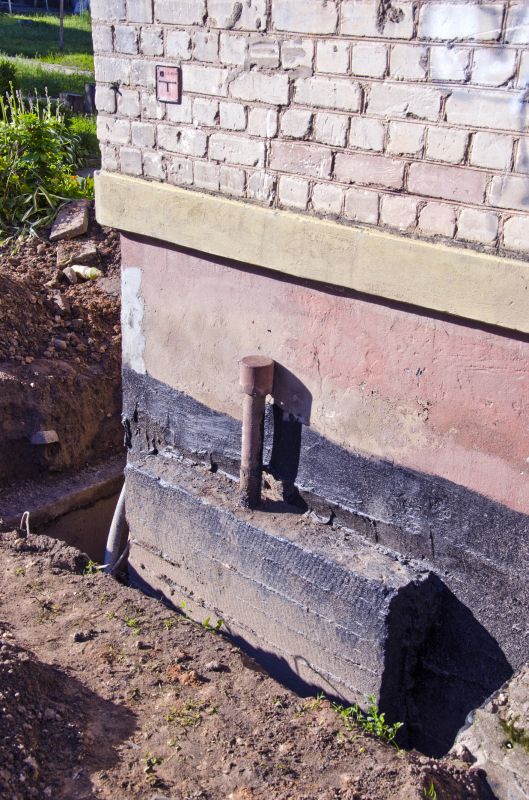
Early fall provides cooler temperatures and less moisture, suitable for foundation work.
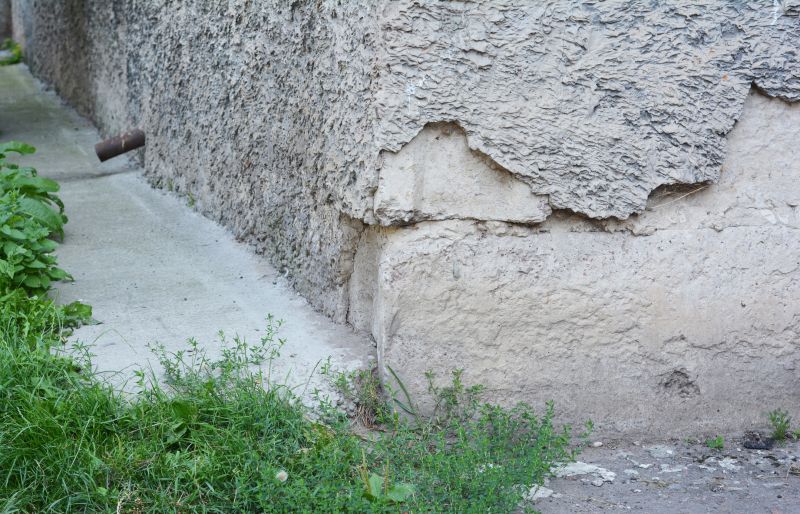
Summer can be challenging due to heat and dry soil, but repairs are possible with proper planning.
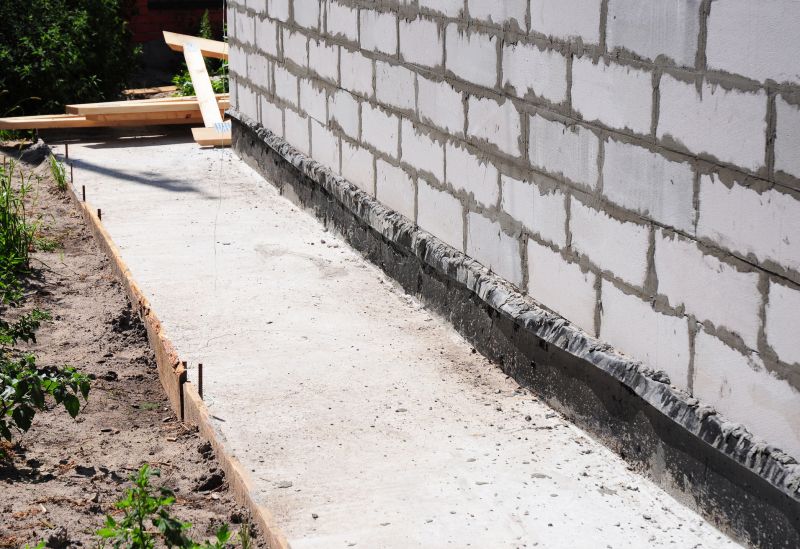
Winter repairs are generally avoided due to cold temperatures and frozen ground, which hinder work and curing.
| Season | Best Conditions |
|---|---|
| Spring | Moderate temperatures, stable soil moisture |
| Summer | Higher temperatures, dry soil, potential delays |
| Fall | Cooler weather, decreasing moisture levels |
| Winter | Cold temperatures, frozen ground, limited repair options |
Foundation repairs involve stabilizing and reinforcing the structural base of a building to prevent further damage and ensure safety. These repairs often include underpinning, piering, and soil stabilization techniques. Proper timing enhances the effectiveness of these methods and can extend the lifespan of the structure.
Statistics indicate that scheduling foundation repairs during optimal weather conditions can reduce rework and repair costs by up to 30%. Additionally, repairs performed in suitable seasons tend to have better long-term success rates due to reduced soil movement and environmental stress.
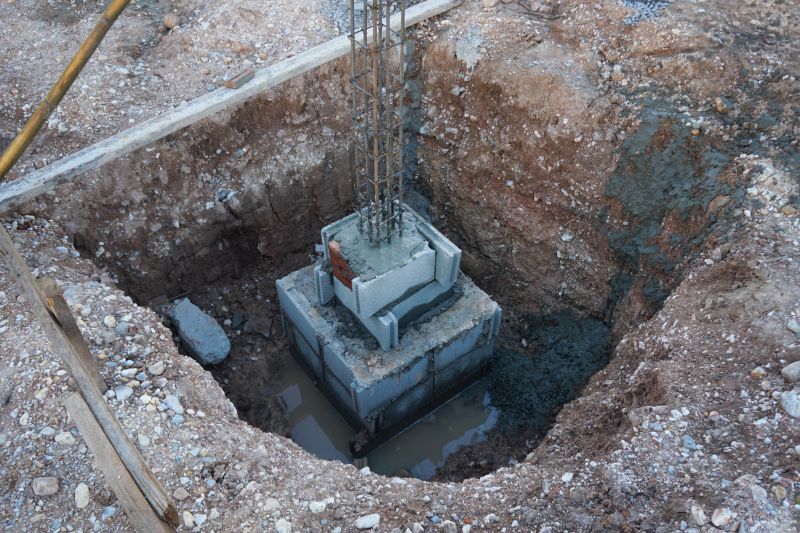
A detailed process involving assessment, excavation, stabilization, and backfilling ensures durable results.
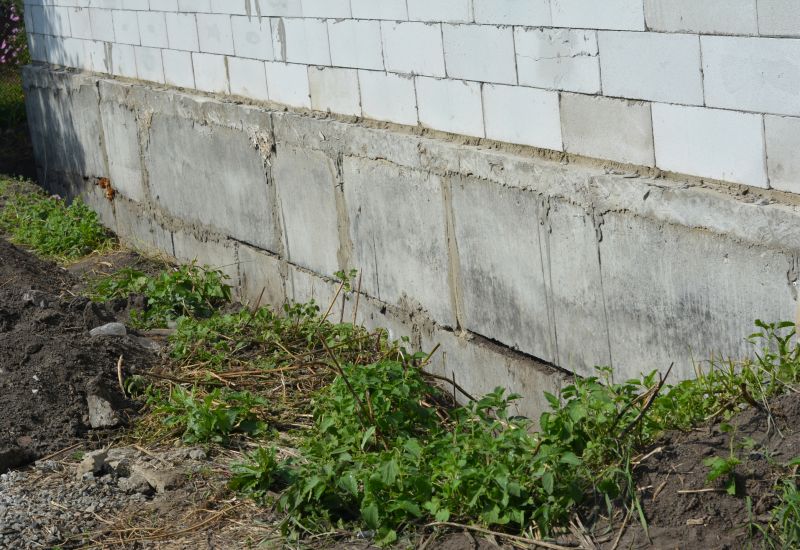
Visual evidence of structural improvements after foundation stabilization.
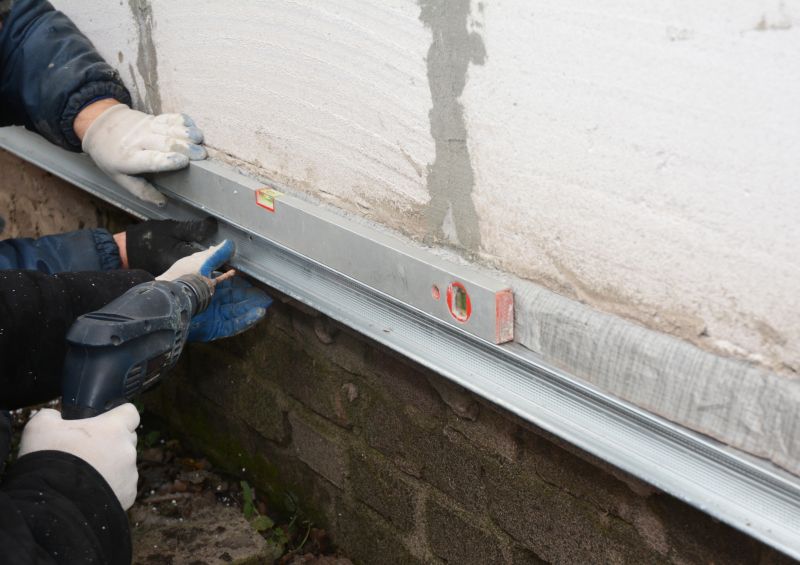
Specialized equipment and materials are essential for effective stabilization.
Interested parties are encouraged to contact for more information or to schedule an assessment. Proper timing and professional execution are key to ensuring the safety and stability of a building's foundation.
